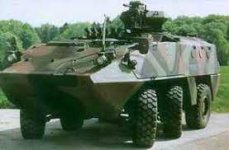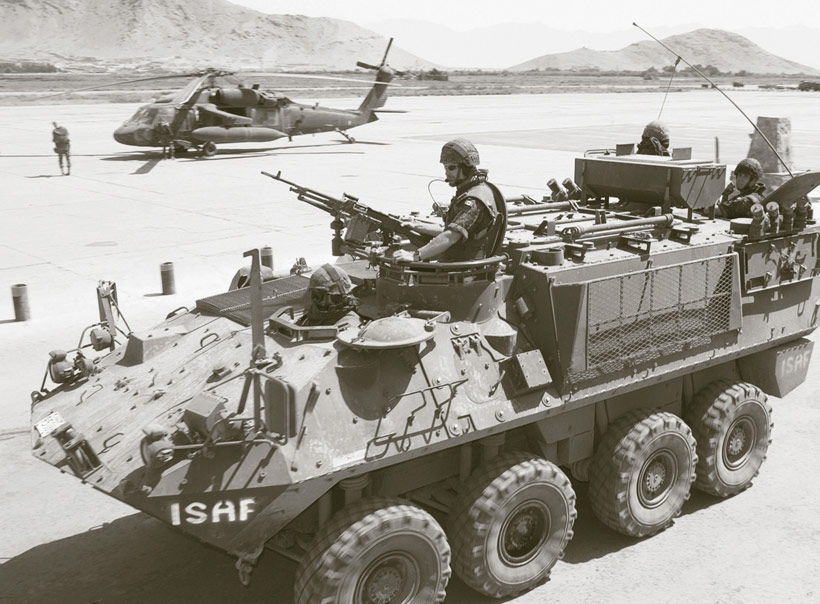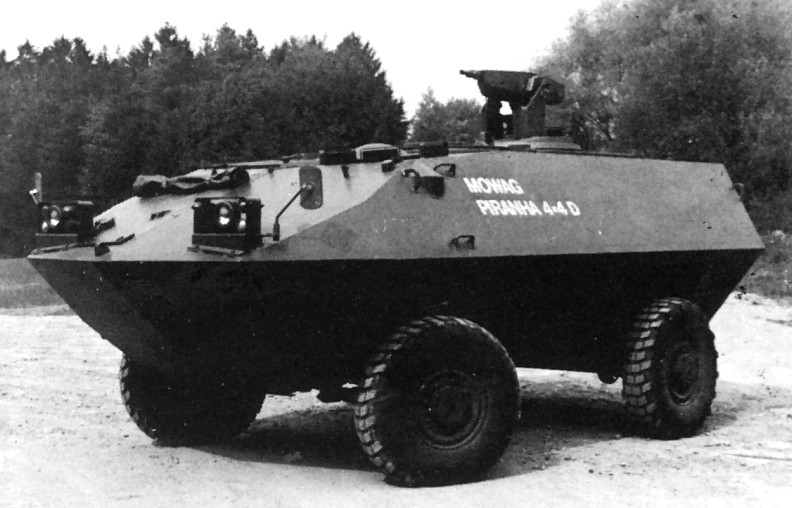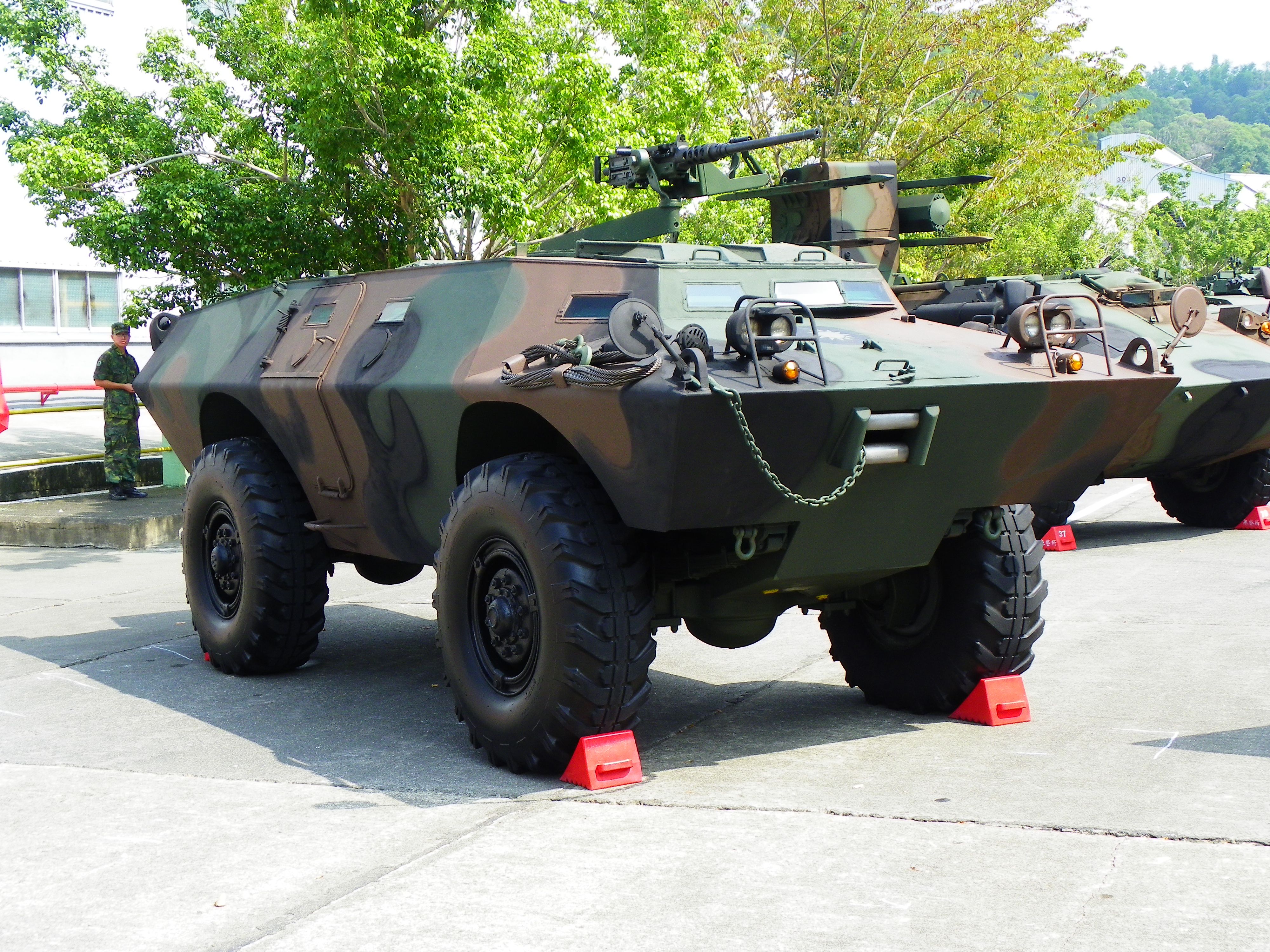JLTV - Oshkosh L-ATV GVWR - 10,200 kg
M113 (Original) - 10,390 kg
Bison (Original) - 12,936 kg
Piranha 8x8 - 12,300 kg
Piranha 6x6 - 10,500 kg
Piranha 4x4 - 7,800 kg
Cadilllac Gage LAV-150 Commando - 9,888 kg
Alvis Saracen - 11,000 kg
10 to 12 tonnes, circa 1960-1990 was the design limit of an APC - an armoured personnel carrier intended for use as a battle taxi which would deliver infanteers with what they could carry to a Form Up Position and then the vehicle would retire - to wait, to act as an ambulance, to carry logistics or to bring in another wave of infanteers.
The APC has gone out of style and 50 tonne infantry carrying light tanks are now the order of the day.
Which has resulted in a whole new category of vehicles being designed - the 10 tonne pickup truck. Those trucks are now doing the duty of the Willys Jeep in most units.
But they are too heavy for general utility so now we have to buy specialist Ultra Light Vehicles like the MRZR4.
If the JLTV is considered "good enough" the what was wrong with original design criteria of all the other vehicles. All that was necessary was that they be properly applied on the battlefield and not used for jobs they were never originally intended.
As to the Bison/Piranha series

There wasn't much to choose between the Mowag Piranha 4x4 and the Cadillac Gage Commando 4x4 - except that the Piranha swapped a miserable driver with his head in the breeze (compared to the comfy CG driver) for a fully accessible hull due to the engine being at the front instead of the rear.
Personally I preferred the Thyssen TM 170 layout - it put the engine at the front, kept the driver and CC under cover at the front with great visibility (and with roof hatches as well) and the entire hull accessible with one rear door and two side doors. (8800 kg empty, 11.650 kg loaded)

Daewoo made an amphibious version - the Barracuda.







